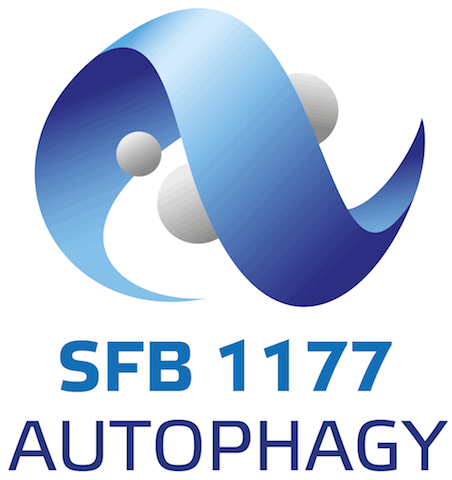F04
Control of aberrant TDP-43 phase transitions by the selective autophagy machinery

Aberrant phase transitions may underlie the formation of TDP-43 (TAR DNA binding protein of 43 kDa) aggregates in neurodegenerative diseases, such as amyotrophic lateral sclerosis (ALS), frontotemporal dementia (FTD) and Alzheimer’s disease. Autophagy is a route for clearance of TDP-43 aggregates, however it is unknown how the autophagy machinery recognizes and deals with different biophysical states of TDP-43, i.e. how soluble vs. liquid-like vs. solid-like TDP-43 condensates are degraded. In this project, we will combine in vitro, cellular and computational studies to uncover how the selective autophagy machinery recognizes and deals with different biophysical states of TDP-43 (soluble vs. liquid-like vs. solid-like condensates) and how aberrant TDP-43 condensates or other protein aggregates affect autophagic flux.
prof. dr. dorothee dormann
Institute of Molecular Physiology
Johannes Gutenberg University Mainz, Biocenter
Hanns-Dieter-Hüsch-Weg 17
55128 Mainz
Germany
Office: +49 6131 3936206
ddormann@uni-mainz.de

PROF. DR. Gerhard hummer
Department of Theoretical Biophysics
Max Planck Institute of Biophysics
Max-von-Laue-Str. 3
60438 Frankfurt a. M
Germany
Office: +49 69 6303 2501
office-hummer@biophys.mpg.de
